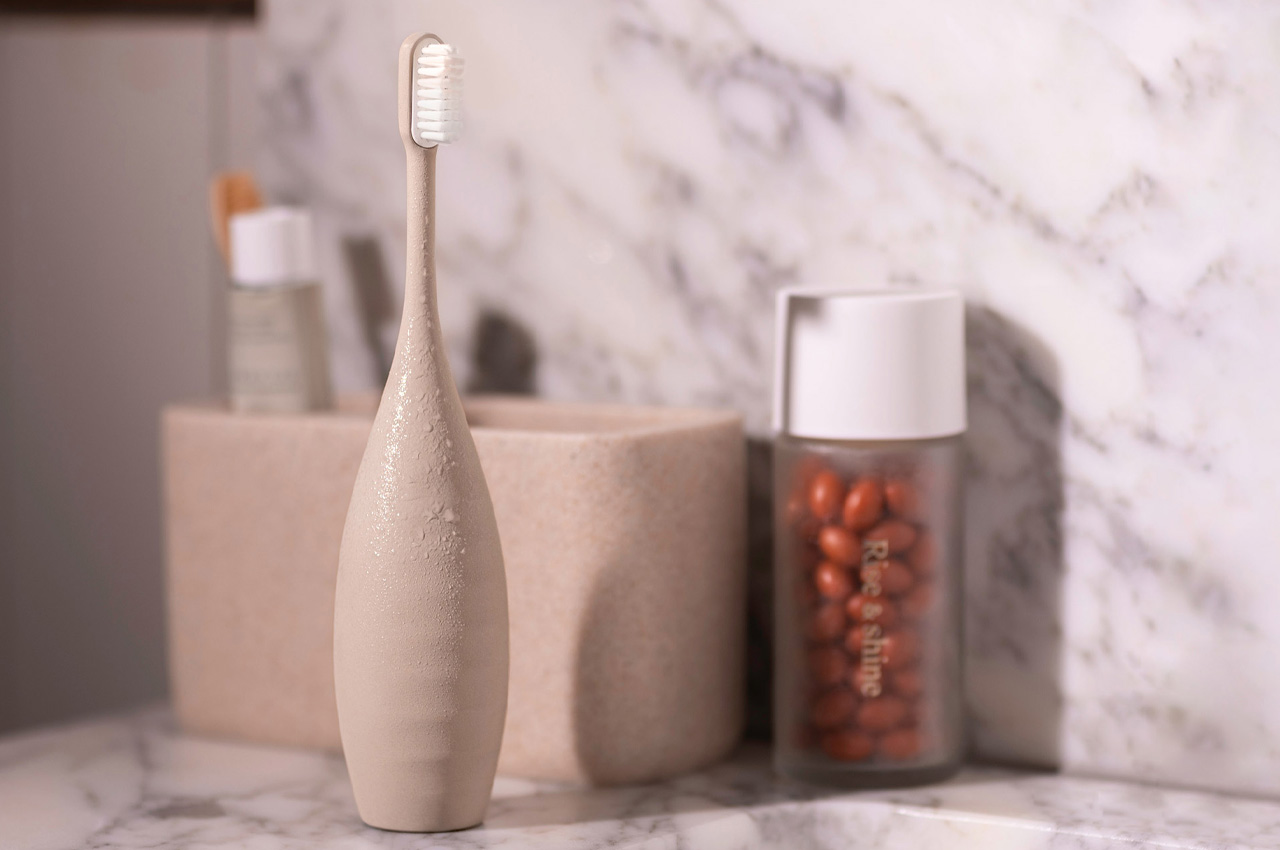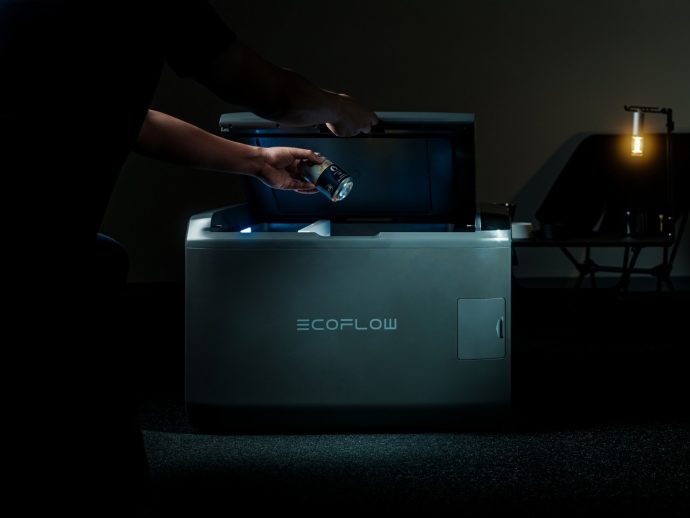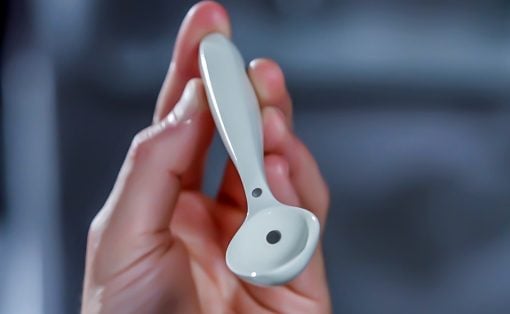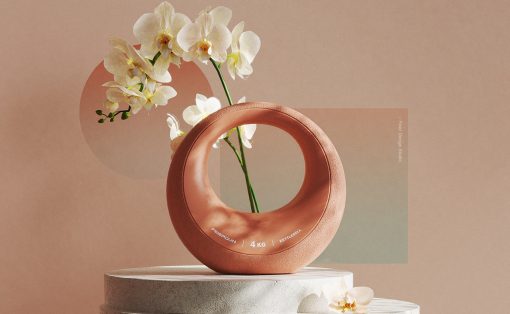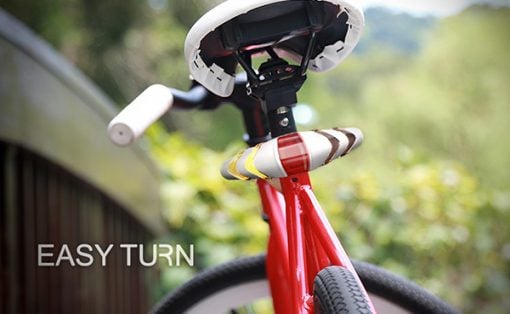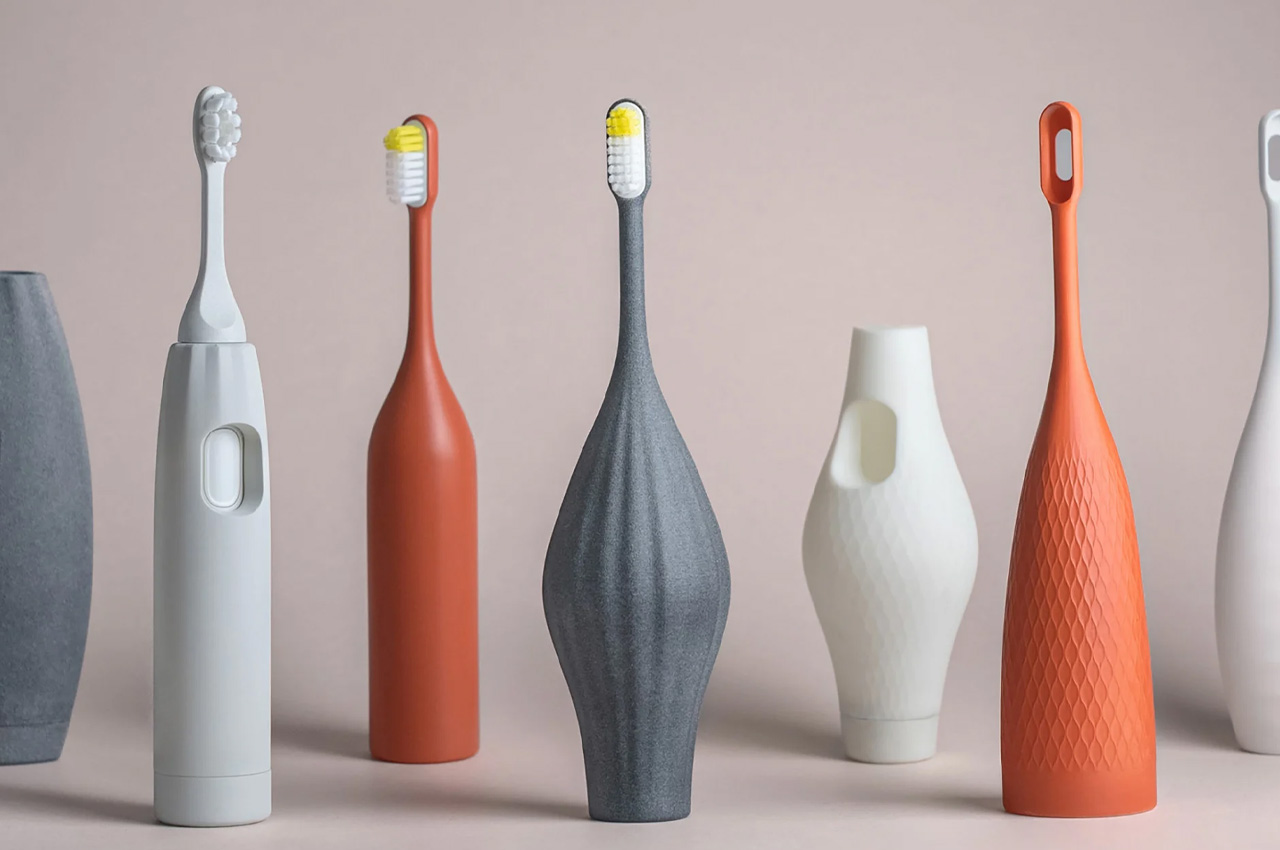
Landor & Fitch launched a collection of adaptive toothbrush add-ons called the Accessoires handles. These handles have been created for people with dexterity issues. The handles feature chunky grips that curve outwards, giving the impression that they’re wrapped around a tennis ball. The grips feature a unique texture of grips, spines, or ridges which are the focal point of the entire Accessories collection.
Designer: Landor & Fitch
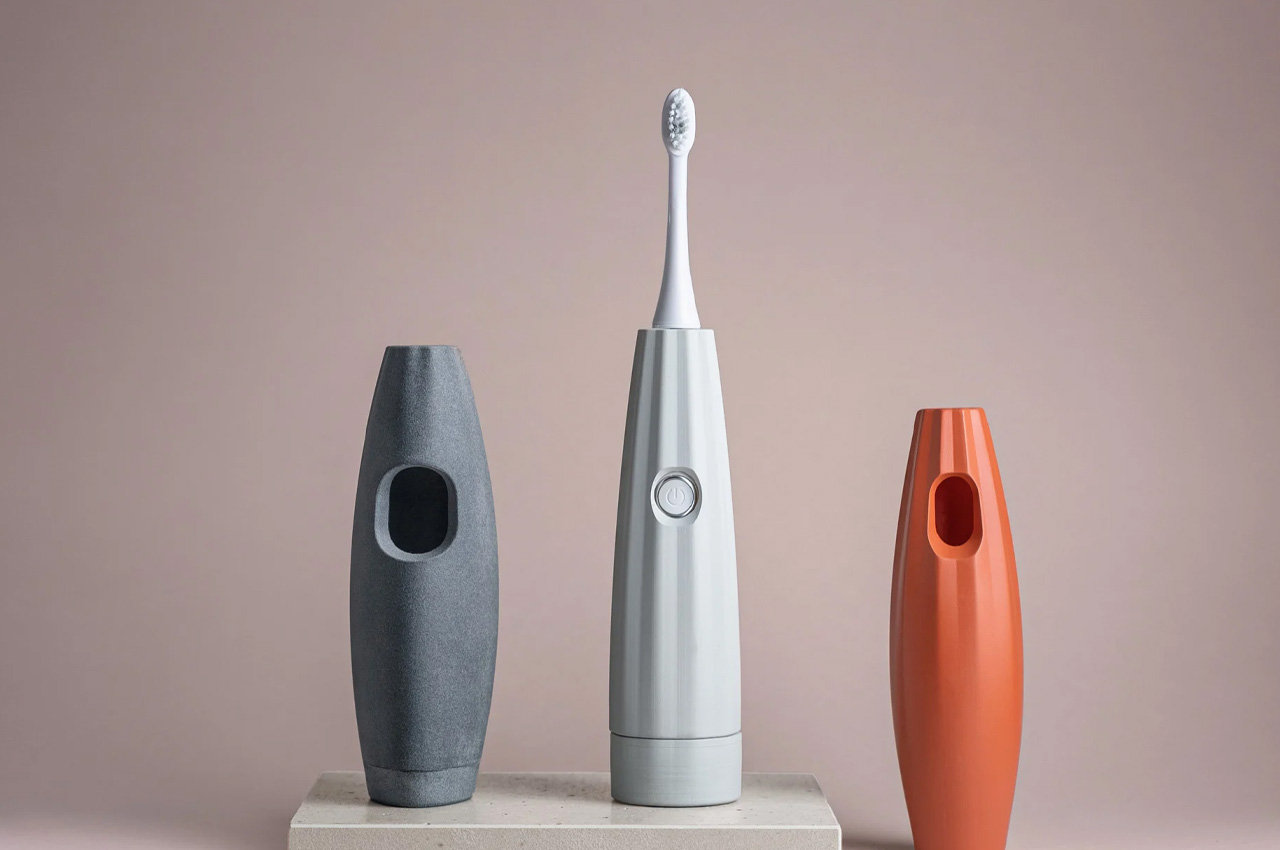
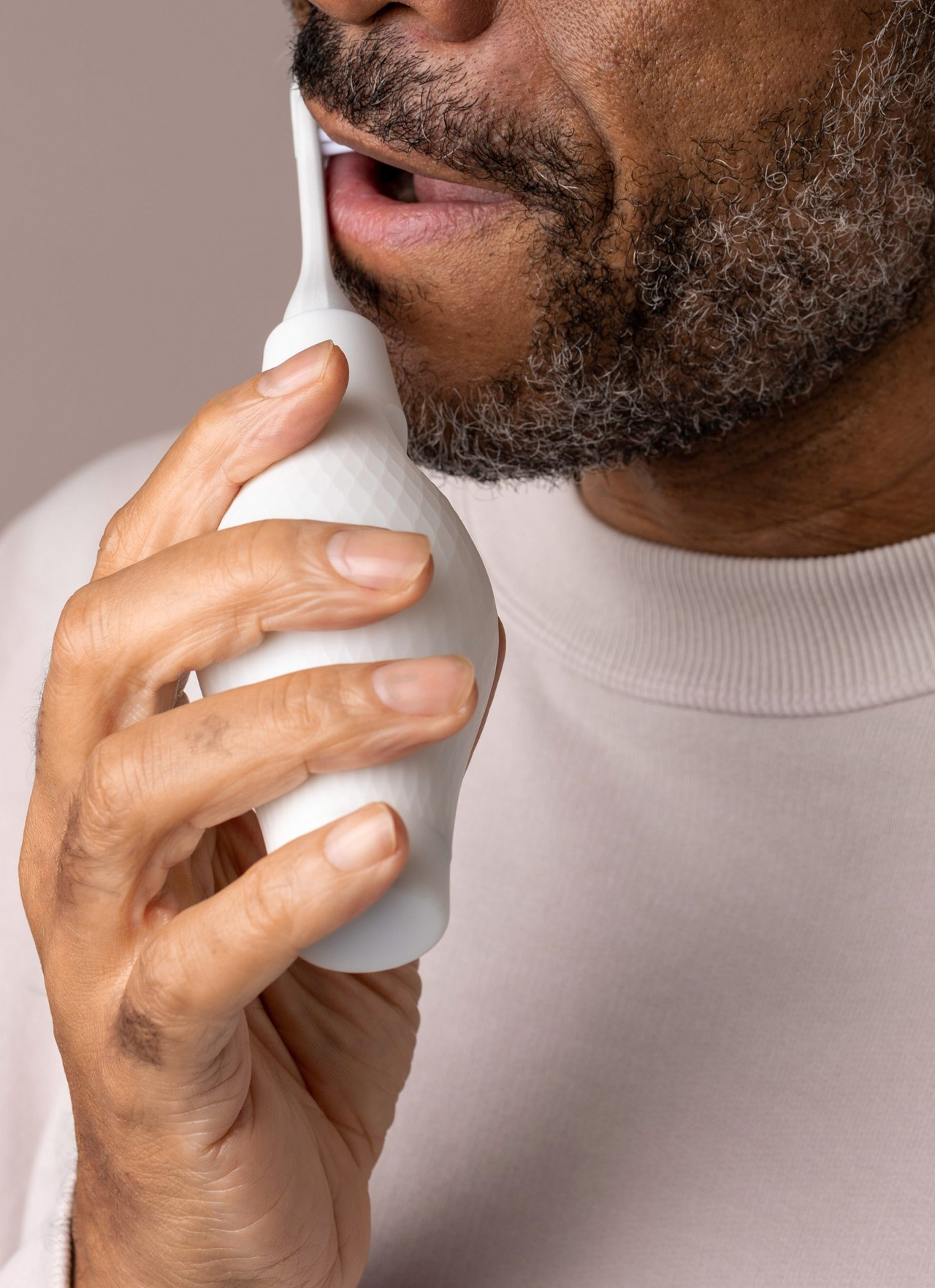
The handles are 3D-printed for different customers, and customized based on the answers of an online questionnaire. The add-ons can also be attached to the handles of regular toothbrushes to form a sturdier and larger grip, making it a more accessible and usable design. This unique design is a major boost for people who have limited dexterity, as it allows them to handle a toothbrush more easily and efficiently. Currently, 360 million people suffer from dexterity challenges, and this design will provide them with a better alternative than the household hacks they usually resort to. The add-ons have an almost sculptural and artistic appeal to them, making them look like regular homeware pieces.
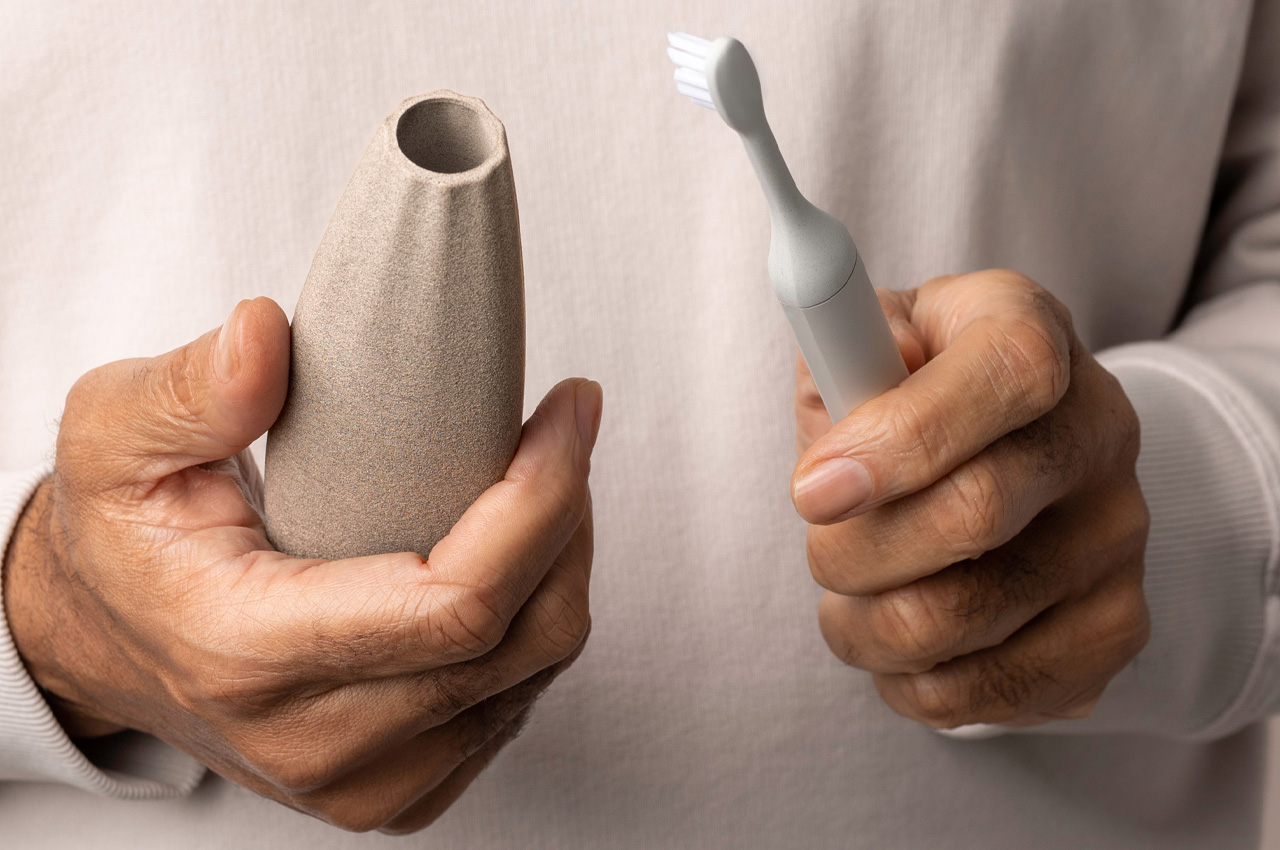
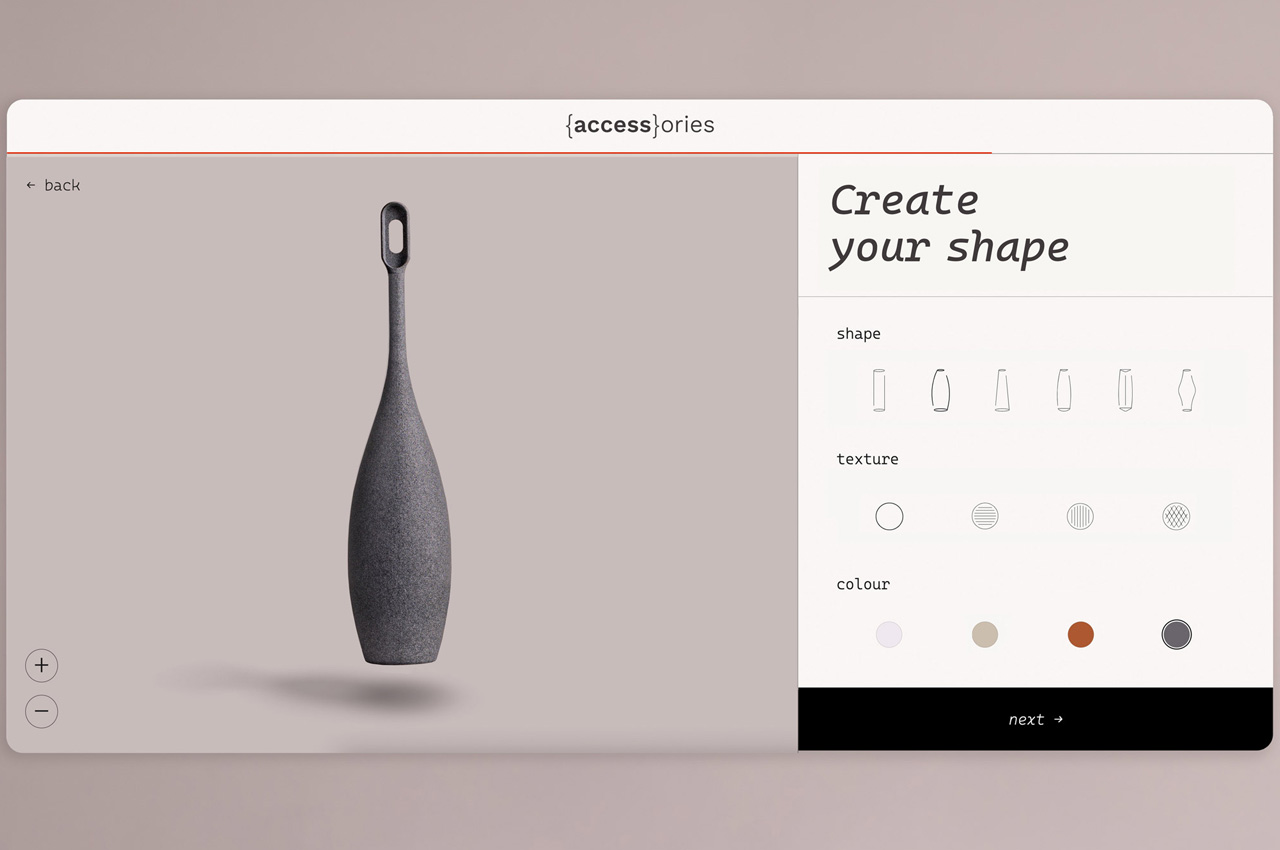
“Whilst researching accessible design, we came across users hacking toothbrushes in functional but extremely uncomfortable ways,” said Landor & Fitch’s industrial design lead Jack Holloway. “This was by attaching toothbrushes to hands via elastic bands, using dog toys, lollipop sticks, and wet cloths. After seeing this, we realized there was a real problem that we as a creative team thought we could solve.”
To create the Accessories collection, Landor & Fitch invited a group of people with dexterity issues due to arthritis or carpal tunnel. They participated in co-designing the product in hands-on workshops called “makers labs”. They were involved in the entire process, and they even gave their feedback on the final product. This helped Landor & Fitch create the perfect design that could truly have utility and ease out the experience for people with dexterity problems.
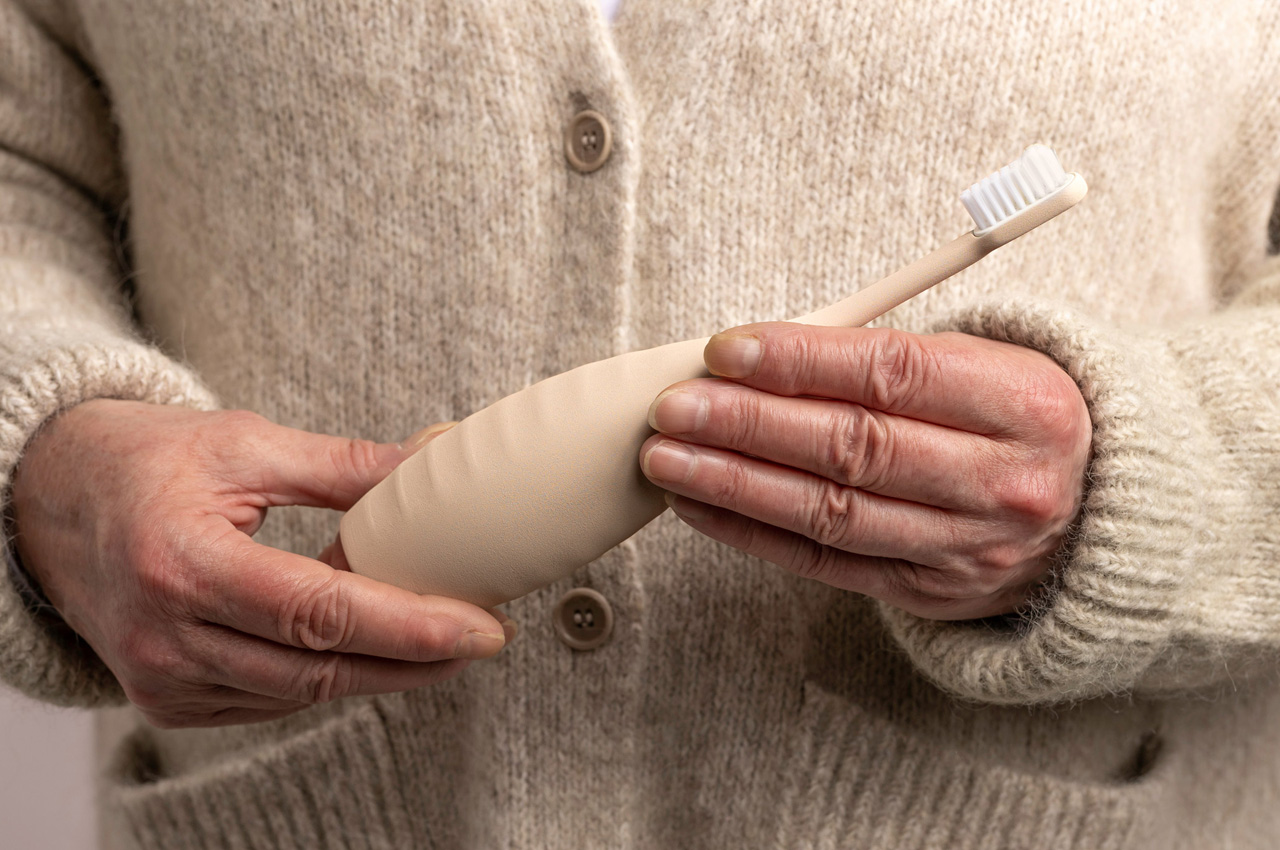
Out of the 142 possible designs for the add-ons, users can pick the permutation that works best for them, this finalized design is then 3D-printed, allowing the entire process to be economical, and quite personalized as well.
